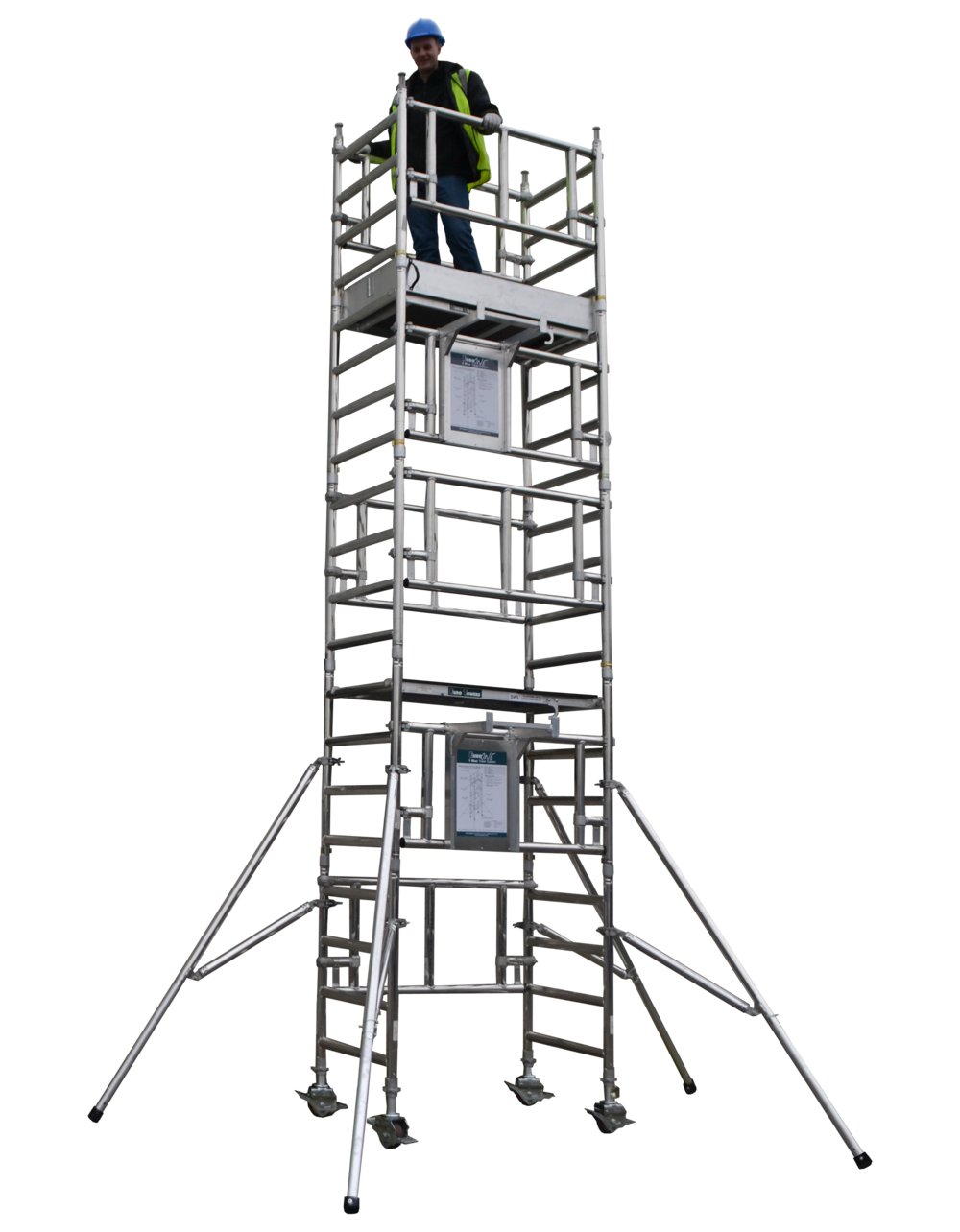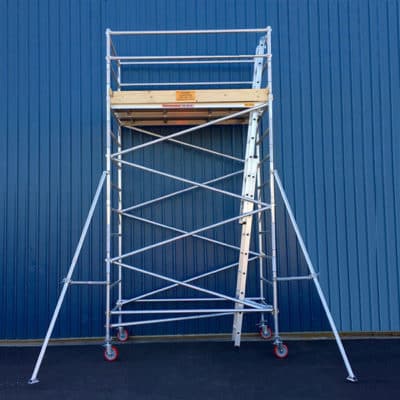Scaffolding on Historic Structures: Challenges and Solutions
Maintaining historic buildings with scaffolding entails dealing with material destruction and seismic worries. Cooperation in between conservation professionals and designers is crucial. Access limitations as a result of slim passages require alternative options while keeping the building's original exterior. Lasting materials and advanced modern technology offer innovative services, making certain effective conservation. Employing conventional remediation strategies and regular inspection is vital for security and security. The mindful balance of these challenges and services is essential in securing the historical significance of these building treasures.
Structural Difficulties
The structural obstacles associated with scaffolding on historical structures often call for a nuanced approach to guarantee the conservation of the architectural integrity. When addressing product deterioration, it is vital to recognize the effect of time on the architectural parts of historic buildings. Years of exposure to ecological conditions can result in the degeneration of materials such as wood, rock, or metal, necessitating cautious inspection and possibly substitute throughout remediation tasks.

In addition, seismic enhancing positions another substantial problem when putting up scaffolding on historical buildings. Making sure that the structure can endure potential seismic activity without compromising its historic functions requires specialized engineering proficiency and careful planning. By including seismic strengthening techniques into the scaffolding layout, such as base isolators or reinforced frames, the historic structure can be safeguarded against potential quake damage while still allowing for required remediation job to occur.
Stabilizing the requirement for architectural reinforcement with the conservation of historical credibility is a delicate yet crucial element of scaffolding on historical buildings.
Preservation Considerations
Maintaining the historical relevance of a structure during scaffolding tasks includes precise focus to preservation concepts and specialized strategies. When dealing with historic buildings, keeping architectural integrity is vital. Scaffolding needs to be thoroughly developed and set up to see to it it sustains the structure without jeopardizing its historic functions. Conservation professionals usually team up very closely with scaffolding engineers to create solutions that safeguard the structure's unique style elements.
Another important element of preservation factors to consider is the visual effect of scaffolding on historic buildings. The aesthetic look of scaffolding can greatly alter the understanding of a structure, specifically if it is a popular site. Therefore, steps such as utilizing products that blend in with the structure's facade or incorporating attractive components into the scaffolding layout may be essential to reduce the visual influence.
Access Limitations
During scaffolding projects on historic structures, maneuvering accessibility limitations poses considerable obstacles that require mindful planning and innovative solutions. Flexibility issues can develop due to slim flows or restricted pathways around the structure. These constraints may be aggravated by the need to protect the heritage elements of the structure, which can restrict the installment of typical scaffolding systems.
Heritage limitations typically determine that the original fa ade or building aspects can not be modified or harmed during the scaffolding procedure. This implies that common scaffolding techniques might not apply, needing professionals to devise alternate access approaches that are both important and considerate of the building's historical relevance.
Additionally, mobility problems can influence the performance of the building and construction work, possibly lengthening task timelines and enhancing costs. It is very important for project managers to conduct thorough site evaluations and work together carefully with heritage conservation authorities to develop customized remedies that deal with access limitations while securing the stability of the historic structure.
Cutting-edge Solutions
Managing gain access to restrictions on historical buildings during scaffolding projects requires the exploration of ingenious services to assure reliable and considerate conservation of the structure's heritage significance. One such option includes using lasting products in the construction of scaffolding. By opting for green materials such as bamboo or recycled steel, the ecological impact can be minimized while still supplying the needed assistance for reconstruction work.
Furthermore, the integration of innovative modern technology can also provide cutting-edge options for scaffolding on historical structures. For instance, making use of drones geared up with high-resolution cameras can aid study hard-to-reach locations of the structure, supplying beneficial data for the scaffolding layout procedure. Additionally, 3D printing innovation can be made use of to create custom scaffolding parts that exactly fit the special contours of historical structures, making certain a protected and tailored fit.
Ideal Practices
Carrying out industry-established guidelines is vital for ensuring the effective and delicate execution of scaffolding jobs on historic structures. When it concerns ideal practices for scaffolding on historical buildings, it is necessary to take into account not only the structural elements but also the historical and aesthetic significance of the building. Here are some key points to remember:
- Use of Traditional Restoration Strategies: Using typical reconstruction methods can aid maintain the credibility and historical stability of the structure.
- Normal Monitoring and Examination: Routine monitoring and examination of the scaffolding structure is crucial to guarantee its stability and security, as well as to stop any damages to the historical structure.
- Attending To Visual Worries: Paying attention to aesthetic worries such as the aesthetic impact of the scaffolding on the building's facade is crucial. Utilizing materials and shades that blend in with the structure's design can assist lessen visual interruptions during the repair procedure.
Frequently Asked Inquiries
What Are the Regulatory Needs for Scaffolding on Historic Buildings?
Preservation requirements and precaution are necessary when putting up scaffolding on historical buildings. Governing needs concentrate on keeping historic relevance while making sure structural honesty and worker security. Compliance with these requirements is important for effective restoration projects. https://bellinghamscaffolding.co.uk
How Do Weather Impact using Scaffolding on Historic Frameworks?

Weather conditions play an essential role in the preservation challenges of historic structures. From severe temperature levels to high winds and precipitation, these aspects can affect the stability and performance of scaffolding made use of for upkeep and restoration work.
Exist Specific Insurance Coverage Factors To Consider for Making Use Of Scaffolding on Historic Buildings?
Insurance policy protection for scaffolding on historic buildings requires specialized plans because of the distinct threats connected with heritage preservation. Aspects such as the building's age, historical importance, and capacity for damage throughout repair job should be very carefully taken into consideration in these plans.

What Are the Possible Risks and Liabilities Related To Scaffolding on Historic Buildings?
Scaffolding dangers on historic structures pose considerable obligation problems, influencing heritage preservation and structural honesty. Concerns such as damage to delicate exteriors, prospective architectural weakening, and historical significance jeopardization should be thoroughly handled to ensure conservation efforts succeed.
Exactly how Do Social and Community Considerations Contribute in using Scaffolding on Historic Structures?
Cultural preservation is critical in preserving the credibility of historical frameworks. Area involvement ensures that neighborhood values and viewpoints are thought about when making use of scaffolding on these structures, fostering a collaborative technique that values heritage while addressing practical needs.
Final thought
To summarize, scaffolding on historic buildings offers structural difficulties, conservation factors to consider, and accessibility limitations.
However, ingenious options and best methods can help alleviate these difficulties and ensure the effective preservation of these valuable structures.
It is vital to meticulously plan and apply scaffolding tasks on historic structures to safeguard their integrity and historic importance for future generations.
